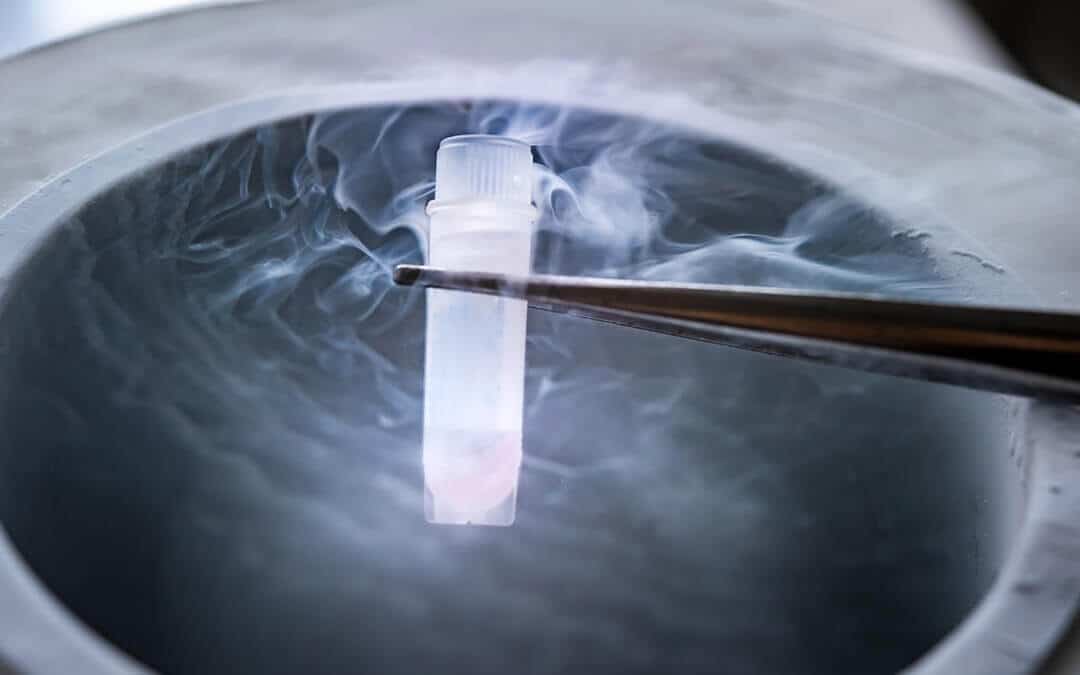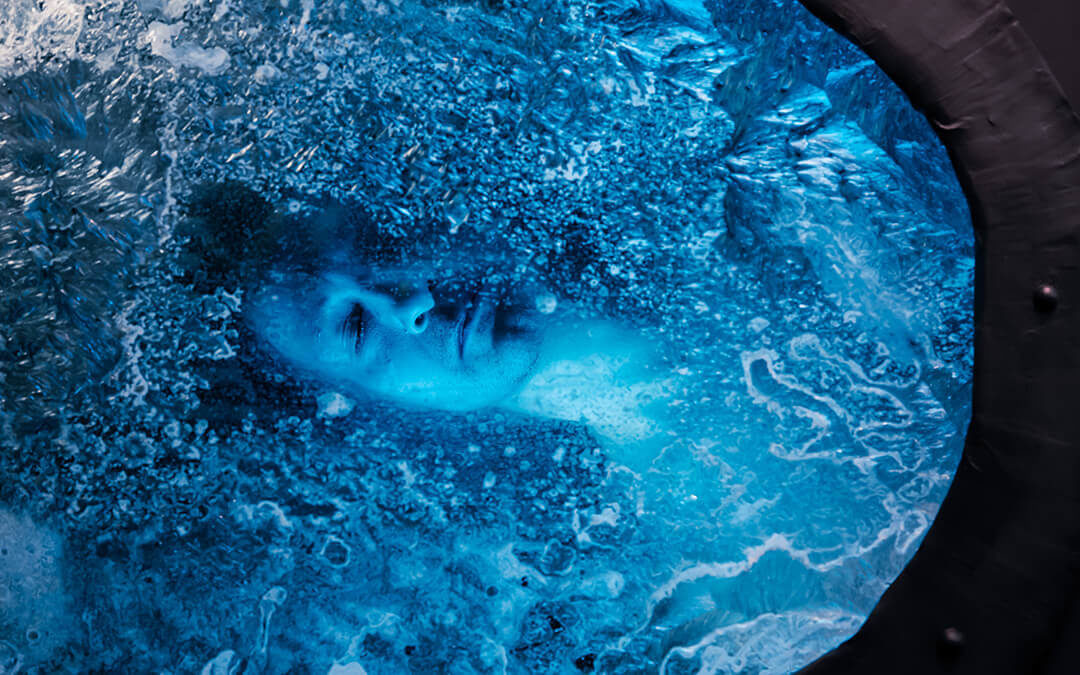Part sci-fi dreams and part medicine, cryonics may just be the way to cure death — at least temporarily. Not to be confused with cryogenics, cryonics is designed to preserve the bodies (and heads) of the dead for a chance at a second life, and its future potential lies largely with liquid nitrogen and its cooling powers.
The History
The concept of cryopreservation began in the 1960s when Michigan professor Robert Ettinger proposed the idea of freezing humans in his book, The Prospect of Immortality. In 1966, the first human body was frozen by being placed in liquid nitrogen and stored at just above freezing. Though that body was thawed and buried shortly after, the next time a body was cryopreserved was in 1967 — and that one has remained frozen with the hope of future revival. Since then, about 250 dead bodies have been cryopreserved in the United States, and 1,500 people have made arrangements for the cryopreservation of their corpses.
How It’s Done
Used for untimely deaths or for those who wish to see the wonders of the future, cryonics aims to keep bodies in a stable, preserved state via extreme cooling methods. It all starts when someone who has decided to be cryonically preserved dies, and then a medical team cools the body with ice water while keeping the body’s tissues oxygenated using CPR and oxygen masks. The body is then put in a hermetically sealed container and flown to the cryonics facility.
At the cryonics facility, the body is hooked up to a machine where the blood is circulated in order to maintain oxygenation. Then, a vitrification solution is pumped into the body, which acts like a medical-grade antifreeze to keep the body’s tissues from fully freezing in order to minimize cellular damage. The body is then slowly cooled to -320°F (-196°C), which is the temperature of liquid nitrogen. Once fully cooled, the body is moved into a long-term care room for storage and placed in a stainless-steel tank of liquid nitrogen known as a “dewar.” Because of the ultra-cold properties of liquid nitrogen, any enzymatic or chemical activity that might cause damage to the body is effectively stopped, keeping the body in a preserved state fit for future revival.

Once in the dewar, the body is stored head down to ensure that the most vital part of the body (the brain) will remain cold, even if the liquid nitrogen boils off. The cryonic dewars can hold up to nine patients, and the bodies will stay there until they’re ready to be revived. This can be for years … or never. And with no definite timeline or end date, cryonic preservation doesn’t come cheap; for $220,000, you can get full-body preservation, or for $80,000, you can do “neuropreservation,” in which the head is removed and cryopreserved on its own. These costs cover both indefinite storage in liquid nitrogen and revival costs, making it a full-package deal for those who wish to live longer and see more.
What Cryonics Means for the Future
While some scientists feel that cryonics is just a sci-fi pipe dream, others are optimistic that within 50 to 100 years, the medical technologies needed to restore cryonics patients will exist. That might sound like a long time, but it’s not far off. And while this future tech still needs to overcome several hurdles to be fully viable (like repairing the damage done by freezing and reversing the aging process), cryonics is just beginning and can only go up with the help of science — and liquid nitrogen.

Whether you’re a cryonics institute looking for the effective storage of genetic material or a Southern California medical office that specializes in cryogenic surgery, CalOx is equipped to handle all your liquid nitrogen needs. From regular deliveries to storage, delivery, and handling equipment, along with training and maintenance, CalOx has your medical-grade liquid nitrogen solutions. Contact us today for your free quote!
Sources:
https://www.discovermagazine.com/technology/will-cryonically-frozen-bodies-ever-be-brought-back-to-life
https://www.cnet.com/pictures/frozen-in-time-inside-alcor-life-extension-the-facility-preserving-the-dead-through-cryonics/15/
https://en.wikipedia.org/wiki/Cryonics#:~:text=History,-See%20also%3A%20Cryopreservation&text=Cryopreservation%20was%20applied%20to%20human,Prospect%20of%20Immortality%20(1962)
